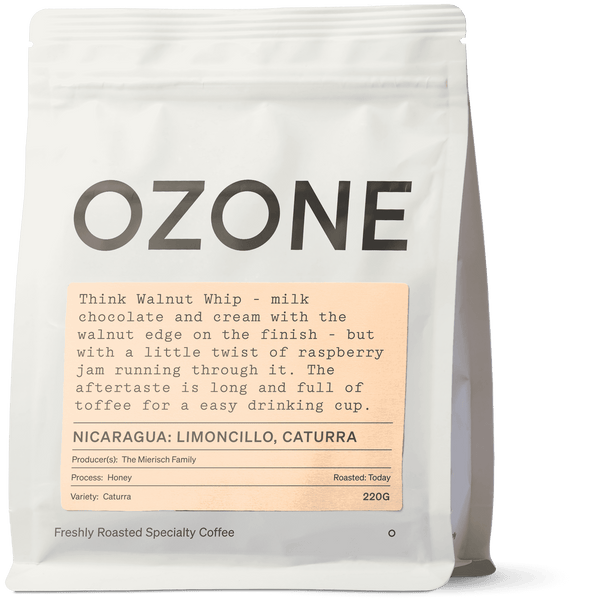Caturra: The Compact Bourbon Mutation That Changed Coffee Farming
| Varietal: | Caturra |
| Related to: | Red Bourbon |
| Origin: | Brazil |
| Botanical Type: | Natural Mutation (of Bourbon) |
| Optimal Elevation: | 800 meters and above |
| Prevalent In: | Brazil, Costa Rica, Colombia |
| Fruit Color: | Red (also found in Yellow) |
| Fruit Size: | Normal |
| Leaf Characteristics: | Similar to Bourbon, slightly stumpier |
| Tree Size: | Dwarf/Compact |
| Tasting Notes: | Bright acidity, sweet, low body |
| Disease Resistance: | Low (susceptible to rust, CBD, and nematodes) |
| Yield: | Higher than Bourbon (up to 200+ kg/ha) |
| Planting Density: | Up to 10,000 plants per hectare (typically ~6,000) |
Origins and Genetic Background
Caturra is a single-gene dwarf mutation of Bourbon, discovered in Minas Gerais, Brazil between 1915–1918 and officially classified in 1937. The mutation shortens internodal length, giving the plant a compact, bushy appearance ideal for high-density planting and easier harvesting.
Agronomic Characteristics and Disease Resistance
Caturra’s compact size allows for high-density planting—up to 10,000 plants per hectare. This trait, combined with its higher productivity compared to Bourbon, helped drive the intensification of coffee cultivation in Latin America.
Disease Susceptibility:
- Coffee Leaf Rust (Hemileia vastatrix): Highly susceptible, especially in humid, low-altitude environments.
- Coffee Berry Disease (CBD): Vulnerable in regions where CBD is present.
- Nematodes: Susceptible to root-knot nematodes in poorly drained soils.
- Fungal Leaf Spots: Dense foliage can increase risk in poorly ventilated conditions.
Management Strategies:
- Preventive fungicide applications in conventional systems
- Shade and canopy management to reduce humidity
- Grafting onto resistant rootstocks in some regions
Cup Profile and Specialty Appeal
Caturra is known for its bright acidity, clean sweetness, and light to medium body. It often exhibits citrus and floral notes, especially at higher elevations. Natural and honey processing can enhance body and fruit character, though careful drying is essential.
Breeding Legacy and Influence
Caturra has been a cornerstone of coffee breeding in Latin America. It is a parent of Catuai and has contributed to the development of Catimor lines. Its compact growth and productivity continue to influence breeding programs focused on yield, cup quality, and disease resistance.




